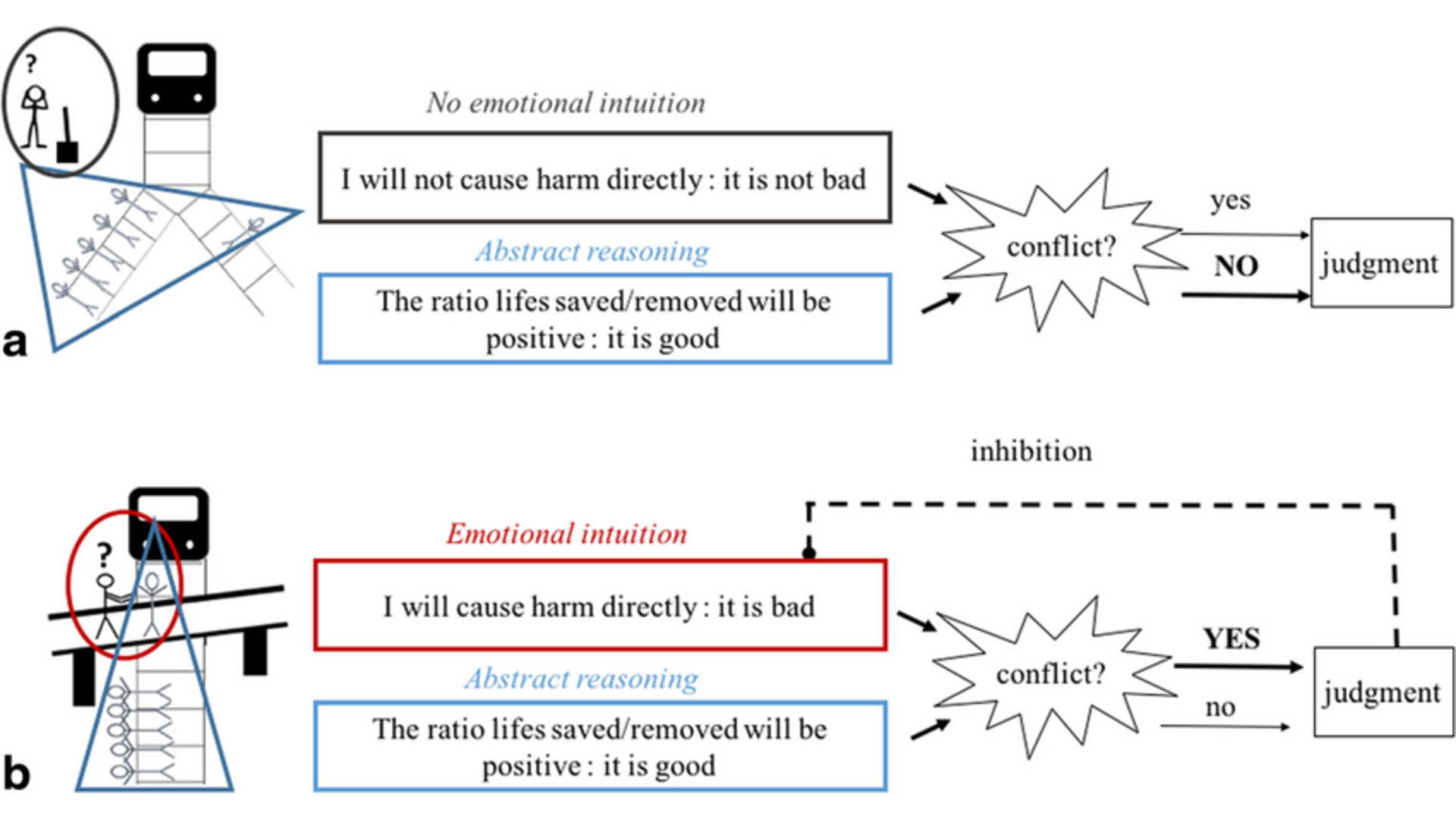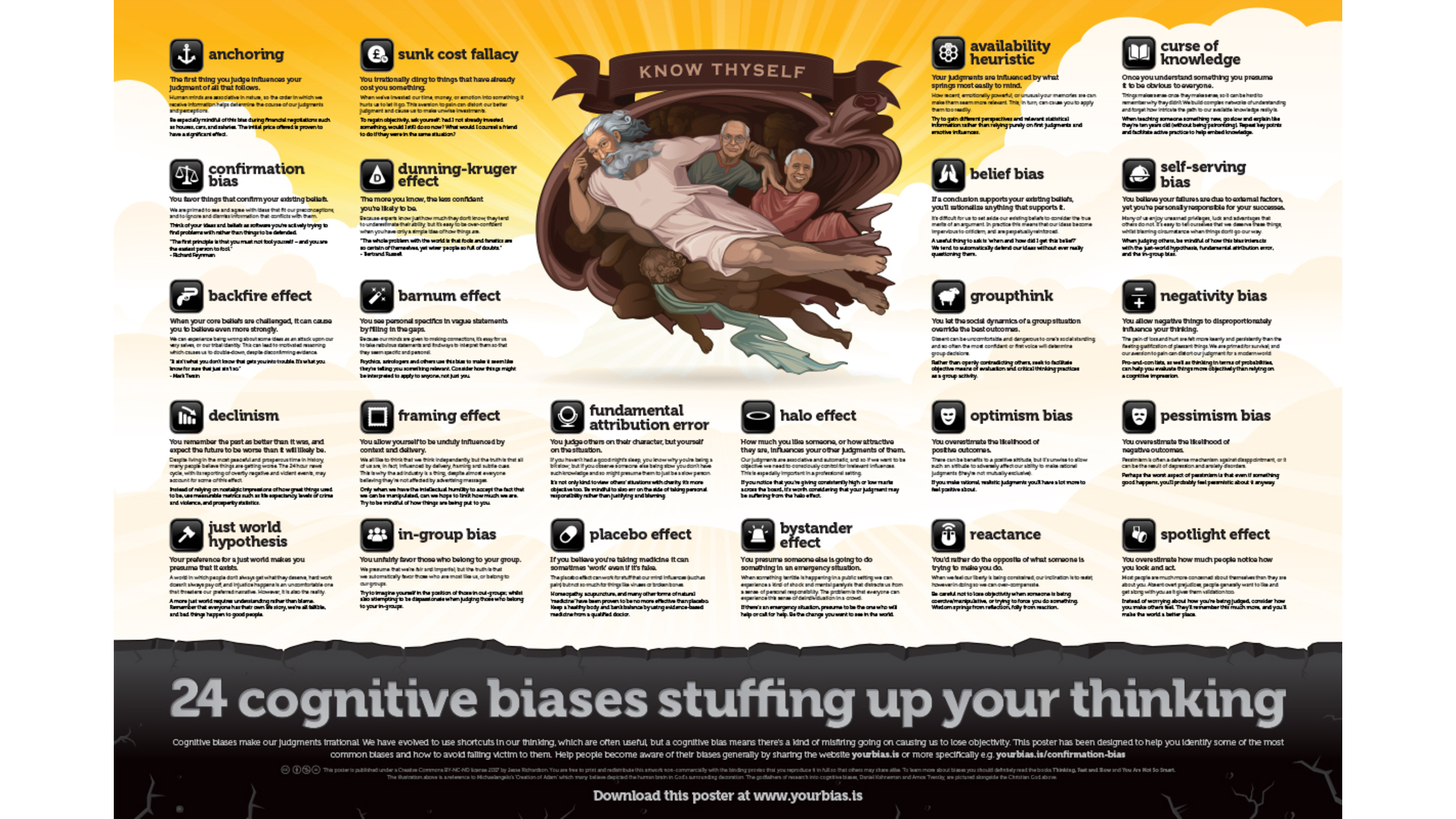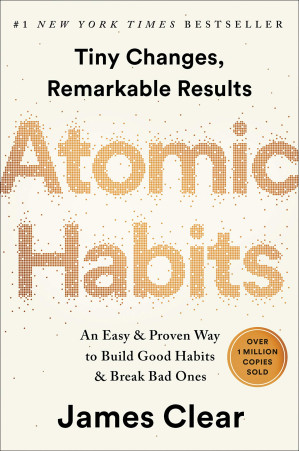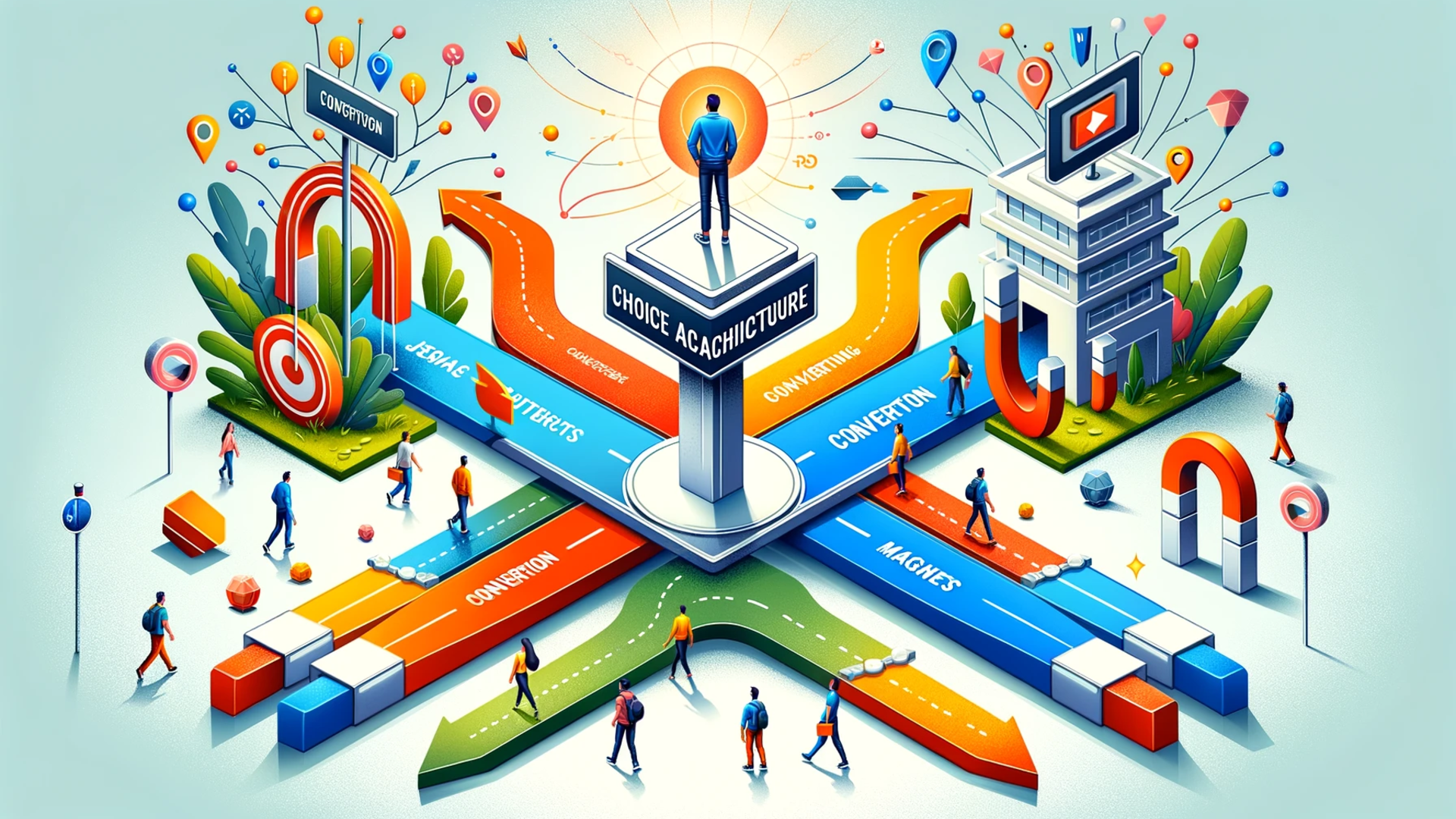
🎯 Want to design smarter default, social, and feedback nudges with AI support?
Launch your Nudge playbook on www.readever.app — sync annotations, bias drills, and cross-book comparisons while you read.
Richard Thaler and Cass Sunstein’s Nudge just keeps getting smarter. The 2021 Final Edition refreshed the original 2008 manifesto with pandemic lessons, credit-card cautionary tales, and the warning that “sludge” can undo even the best libertarian paternalism. If you’re building products, policies, or personal systems in 2025, here’s how to turn the book’s deep research into real-world blueprints.
Why Nudge still matters in 2025
- Hyper-personalized pricing, subscription traps, and AI-crafted default settings make modern choice architecture more powerful—and more dangerous—than when Nudge first appeared.
- Governments from London to Wellington now run Behavioural Insights Teams, but effect sizes vary wildly; designers need a sharper understanding of when nudges outperform mandates or markets.
- Administrative sludge has exploded in health, housing, and education. Nudge’s Final Edition reframes the mission: remove friction first, then add gentle guidance.
Meet the architects: Thaler and Sunstein
Thaler, the behavioral economist behind mental accounting and the “planner vs. doer” conflict, spent decades documenting violations of pure rationality before collecting a Nobel Prize in 2017. Sunstein brought regulatory muscle and ethics from his time running the White House Office of Information and Regulatory Affairs. Together they made “libertarian paternalism” politically sellable: help people reach the outcomes they say they want, but keep every exit door wide open.
Humans, not Econs: the psychology underneath

Thaler and Sunstein caricature classical economists’ perfectly rational “Econs” and then compare them with real “Humans.” Humans rely on:
- Automatic thinking (System 1) — fast, intuitive, and powered by heuristics like availability and representativeness.
- Reflective thinking (System 2) — slow, deliberate, and easily fatigued, so it often rubber-stamps whatever System 1 suggests.
Common biases that sabotage savings, health, and civic behavior include anchoring, loss aversion, status quo bias, temptation, and herd effects. That’s why nudges target the context around decisions instead of lecturing the reflective mind.

Your 2025 choice-architecture toolkit

Think of choice architecture as UX for real life. The most reliable levers remain:
- Defaults — Automatic retirement enrollment, opt-out organ donation, and privacy settings that start with safety.
- Framing — “90% survival” outperforms “10% mortality”; “80% lean” beef sells better than “20% fat.”
- Social norms — “Most residents already paid their tax” accelerated UK compliance and inspired global copycats.
- Salience and priming — Fruit at eye level, power meters that glow red for heavy usage, a fly etched in the urinal.
- Reminders and feedback — Texts to renew prescriptions; smart thermostats comparing your energy use with similar homes.
- Mapping and simplification — Unit pricing, mortgage comparison tools, and standardized credit card disclosures.
- Expectation of error — Undo buttons, attached gas caps, and forms that auto-validate before submission.
- Commitment devices — “Save More Tomorrow™” escalates 401(k) contributions with future raises so no one feels a pay cut.
Where nudges move the biggest needles
Wealth: savings, investing, credit
Auto-enrollment, default contribution rates, and escalation plans transformed retirement participation across the US and UK. The lesson: set a high enough default to avoid anchoring people too low, then let opt-outs police themselves. In credit markets, smart disclosure and simplified menus beat “choice overload” tragedies like Sweden’s pension experiment, where citizens abandoned investment selection once the fund list exploded.
Health: diet, medication, organ donation
School cafeterias, calorie labels, and pre-scheduled vaccinations all leverage salience and inertia. The default organ donor switch—from opt-in to opt-out—remains the gold standard for life-saving context design. Medicare Part D’s early failure (randomly assigning seniors to complex drug plans) still warns designers: in high-stakes, infrequent decisions, guidance is not a luxury—it’s table stakes.
Society: environment, citizenship, daily friction
Nudge units helped cities slash energy use by mailing social comparison reports and installing ambient orbs that glow when you’re over-consuming. Anti-litter campaigns like “Don’t Mess with Texas” reframe norms instead of shame. And during COVID-19, hand-washing songs and distance markers demonstrated how simple cues beat scolding. The 2021 update urges every institution to run “sludge audits” so people aren’t trapped by needless forms, fees, and hold music.
🚀 Ready to audit your own defaults and sludge points?
Build an annotated reading sprint for Nudge in Readever — tag real-world friction, log experiments, and share findings with your team.
The rise (and limits) of global Nudge Units
Behavioural Insights Teams now operate in 400+ governments, multilaterals, and NGOs. Their playbook is consistent:
- Run randomized controlled trials before national rollouts.
- Keep interventions cheap and reversible.
- Scale only when the effect is statistically and practically meaningful.
Success stories include HMRC’s tax letters (“most people already paid”), job-seeker plans that require written commitments, and energy dashboards that change color in real time. But effect sizes from field trials average roughly 1–2%, not the 8%+ often reported in academic journals. Context matters, and default settings can backfire if set too low or communicated poorly.
Ethical and practical pushback you must address
- Manipulation and autonomy — Critics argue nudges target System 1 “in the dark.” Counter with transparency, easy opt-outs, and the promise that beneficiaries judge themselves better off.
- Efficacy skepticism — Publication bias inflated expectations; insist on replication, pre-registration, and independent evaluation.
- Structural distractions — Nudges can’t replace regulation or redistribution. Use them as complements, not fig leaves for inaction on housing, healthcare, or climate.
Applying Nudge in your 2025 stack
For product and growth teams
- Align defaults with the outcome your best users choose manually.
- Pair behavioral prompts with real support (e.g., guided retirement plans, not just checkboxes).
- Kill sludge: simplify cancel flows, remove dark patterns, and celebrate opt-out fairness as a competitive moat.
For policymakers and civic designers
- Start every program with a sludge audit: How long, how confusing, how costly is “yes”? How fast is “no”?
- Prototype with small A/B tests, then share results openly—failures teach the field as much as hits.
- Combine nudges with stronger incentives or rules when stakes demand it (carbon pricing plus social norm messaging beats either alone).
For personal decision-makers
- Adopt your own defaults: automatic savings, pre-scheduled screenings, grocery deliveries that start with produce.
- Install commitment devices (calendar holds with friends, auto-escalating contributions) so future-you doesn’t rely on willpower.
- Spot sludge in your life—subscription labyrinths, paperwork nightmares—and either automate or abandon the offenders.
Continue your behavioral science journey
- Thinking, Fast and Slow — Daniel Kahneman’s definitive guide to the dual-system mind powering every nudge.
- Predictably Irrational — Dan Ariely’s entertaining lab experiments that reveal our hidden decision traps.
- Misbehaving — Thaler’s memoir of bringing behavioral economics into the mainstream (complete with early “nudge” wins and fails).
- Influence — Robert Cialdini’s six persuasion levers, the social-norm backbone of many successful nudges.
- Noise — Kahneman, Sibony, and Sunstein explore random variability in judgment and how to run decision hygiene alongside nudging.
✅ Ready to ship your next behavioral experiment?
Queue up Nudge in Readever’s AI co-reader and let automatic highlights, cross-book references, and team notes keep every default honest.




